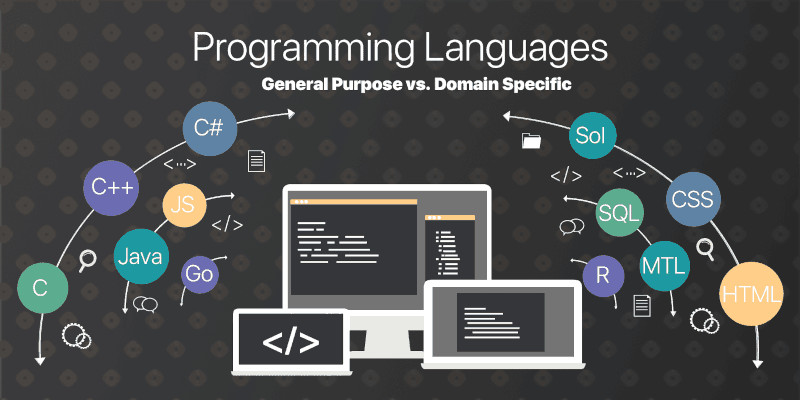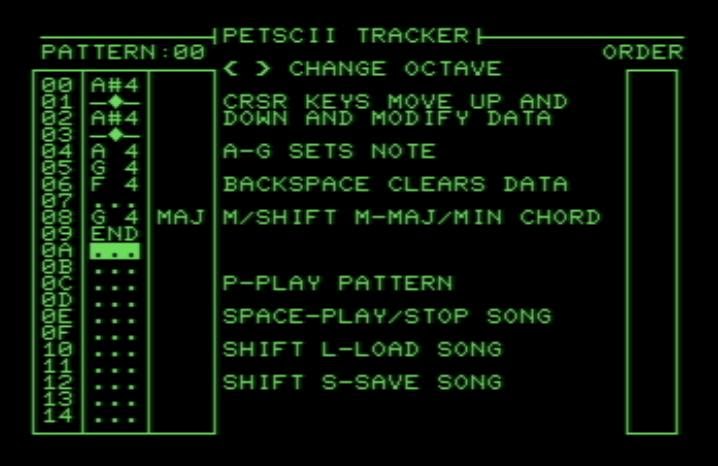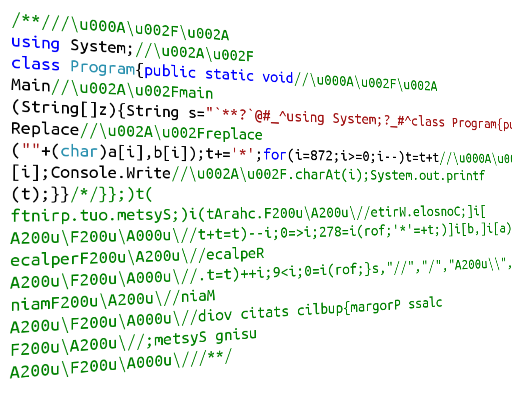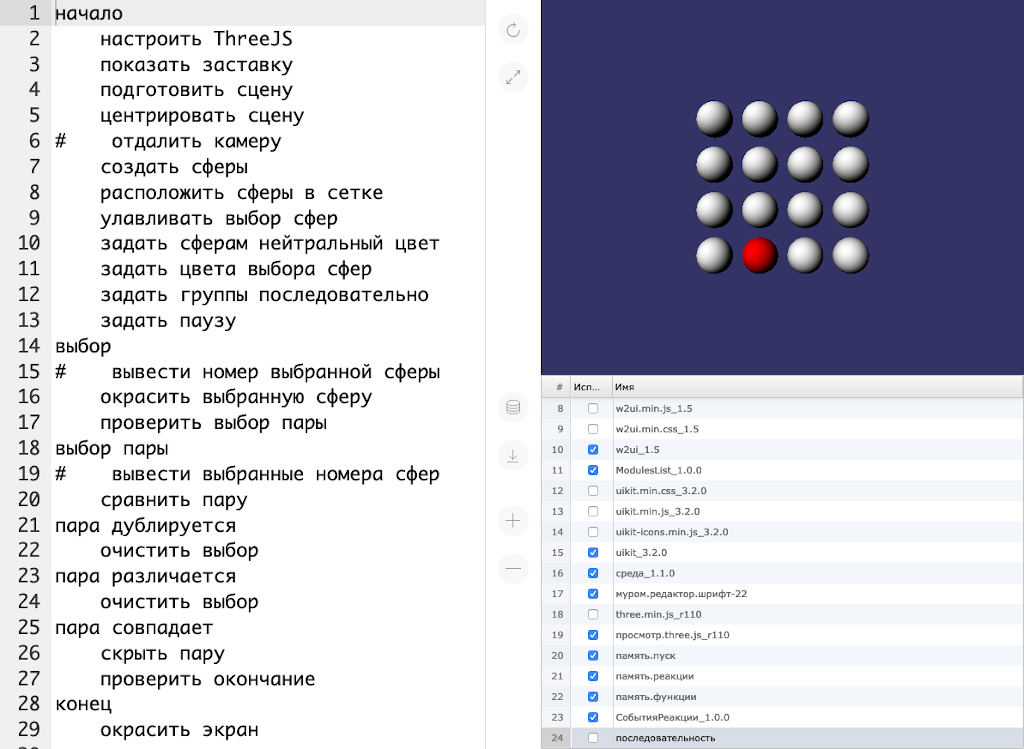In this series, I would like to discuss some reaches of Go programming language. There is no shortage of Go-Language-Of-Cloud style articles in which you can explore the great benefits that Go indeed provides. However, there are lees to every wine, and Go does not go without blemish. In this highly opinionated series, we cover some controversies and, dare I say, pitfalls of the original Go design.
We start tough and begin with the essence of Go — it's inbuild data types. In this article, we put slice to the test. Let's move a step further from the Go Tour and use slice more extensively. For example, there is no separate data type as stack in Go, because slice type is intended to cover all its usage scenarios.
Let's briefly recap the usage of the stack. We can create a stack in two seconds using a couple of paper stickers. You write "buy milk" on the first sticker and put at the desk, and then "make the dishes" on the second and pile it on the first sticker. Now, you have a stack: the dishes sticker came last but will be served first, as it is on the top of the stack. Thus, there is an alternative name for stack — LIFO, Last-In-First-Out. To compare, there is the "opposite" data structure queue or FILO — first in, first out. In programming, stacks are everywhere, either in the explicit form or in the implicit as stack trace of the execution of a recursive function.
Ok, let's put slice into use and implement stack.














